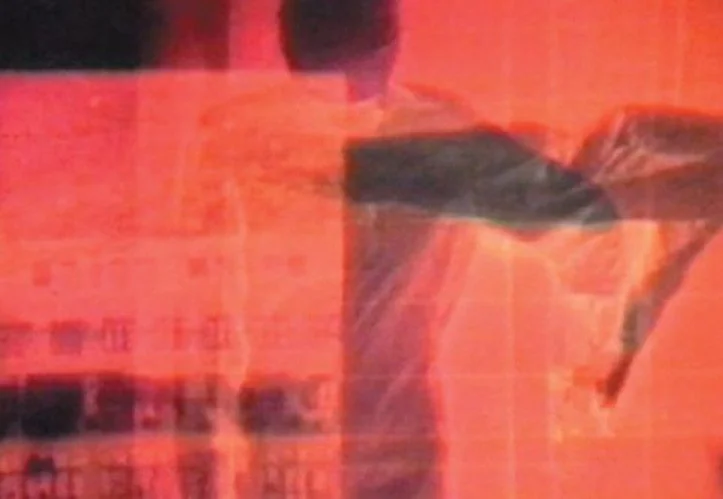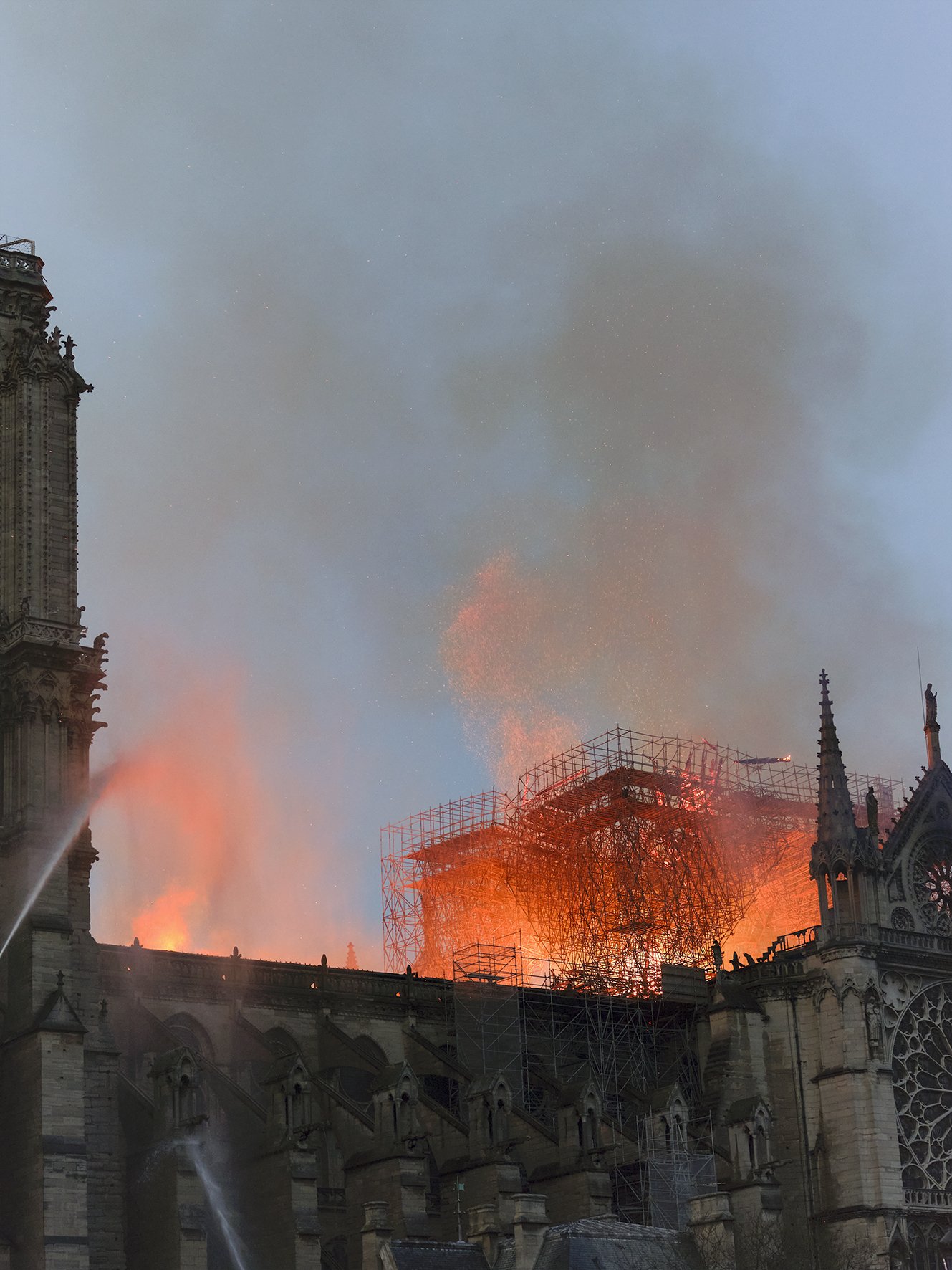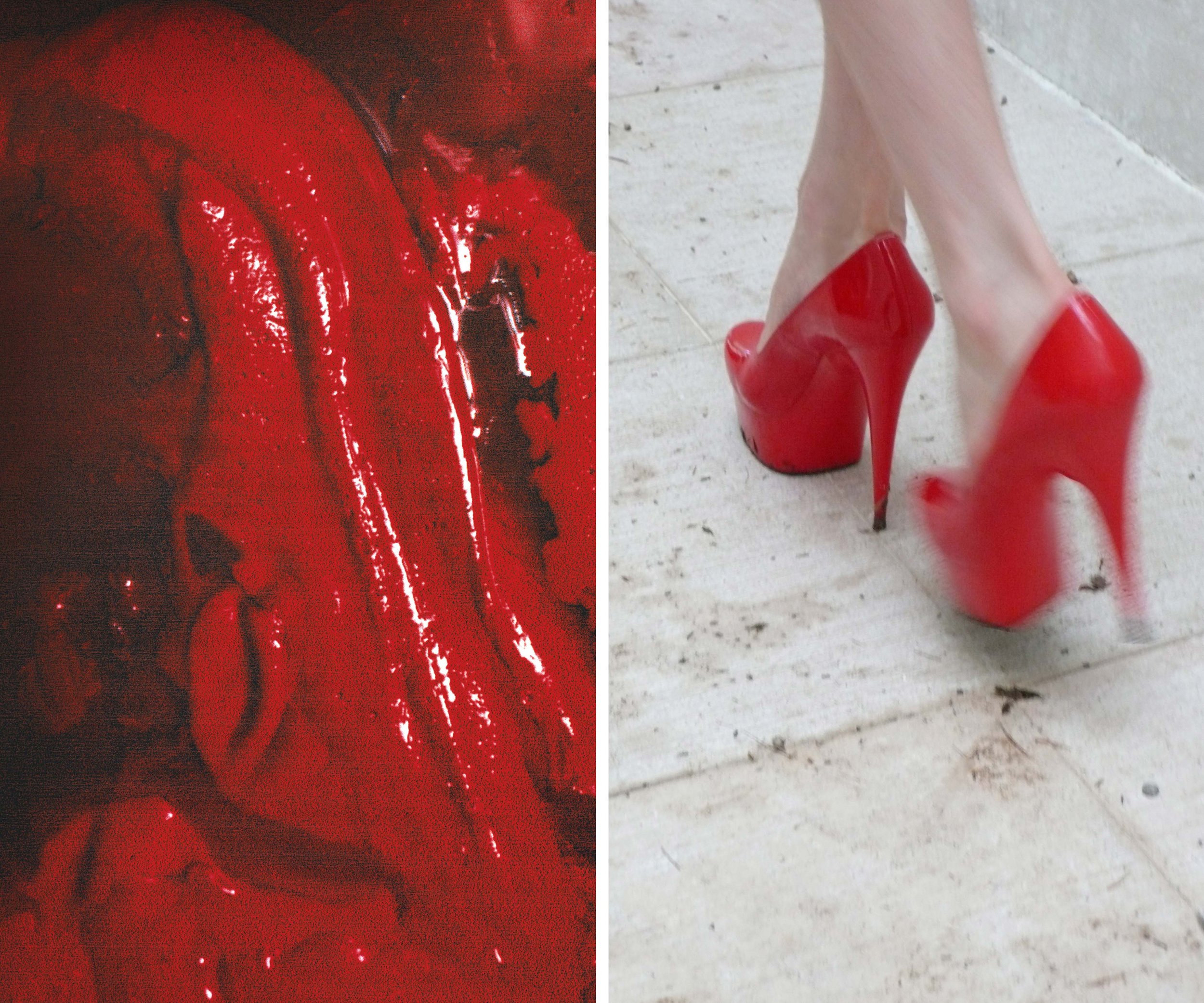
Bewegt. Videokunst und ihre politischen und sozialen Dimensionen | Museum der Moderne – Mönchsberg | Salzburg
Museum der Moderne – Mönchsberg | Salzburg
3. Oktober 2025 – 12. April 2026
Bewegt. Videokunst und ihre politischen und sozialen Dimensionen
Von VALIE EXPORT bis Martha Rosler
Martha Rosler, The East is Red, the West is Bending, 1977, Videoperformance, Farbe, Ton, 19 min 57 sec, Darstellerin: Martha Rosler, © Sammlung Generali Foundation - Dauerleihgabe am Museum der Moderne Salzburg, Repro: Werner Kaligofsky
Seit seiner Erfindung Ende der 1960er-Jahre hat sich das Medium Video in einer Relevanz entwickelt, wie kaum ein anderes. Zwischen massenmedialer Bildproduktion und experimenteller Gegenkultur ist es zu einem faszinierenden Spiegel der politischen und sozialen Dimensionen seiner jeweiligen Zeit geworden. Anhand bedeutender Werkgruppen von Künstler:innen wie VALIE EXPORT, Harun Farocki, Elke Krystufek, Bruce Nauman, Martha Rosler und Heimo Zobernig beleuchtet die Ausstellung die spolitische Dringlichkeit, die die Videokunst bis heute bewegt.
Im Mittelpunkt stehen die Sammlungen am Museum der Moderne Salzburg – die Sammlung Generali Foundation, die Fotosammlung des Bundes und die museumseigene Sammlung. Gemeinsam beherbergen sie rund 500 Videoarbeiten und zählen zu den bedeutendsten Beständen historischer und aktueller Videokunst. Diese Sammlungen bieten einen einzigartigen Einblick in die Vielschichtigkeit und Bedeutung der Videokunst als Ausdrucksmittel gesellschaftlicher und medialer Entwicklungen.
Mit Werken von Vito Acconci, John Baldessari, Lynda Benglis, Danica Dakić, Lili Dujourie, VALIE EXPORT, Harun Farocki, Andrea Fraser, Dan Graham, Sanja Iveković, Elke Krystufek, Dorit Margreiter, Bruce Nauman, Tony Oursler, Mathias Poledna, Martha Rosler, Kara Walker, Peter Weibel, Heimo Zobernig und anderen
Kurator: Jürgen Tabor
Depuis son invention à la fin des années 1960, le média vidéo s'est développé avec une pertinence comme peu d'autres. Entre production d'images de masse et contre-culture expérimentale, elle est devenue un miroir fascinant des dimensions politiques et sociales de son époque. À travers des groupes d'œuvres importants d'artistes tels que VALIE EXPORT, Harun Farocki, Elke Krystufek, Bruce Nauman, Martha Rosler et Heimo Zobernig, l'exposition met en lumière l'urgence politique qui anime l'art vidéo jusqu'à aujourd'hui.
Les collections du Museum der Moderne Salzburg - la collection de la Generali Foundation, la collection de photos de l'État fédéral et la collection propre au musée - sont au centre de l'exposition. Ensemble, elles abritent environ 500 œuvres vidéo et comptent parmi les plus importantes collections d'art vidéo historique et actuel. Ces collections offrent un aperçu unique de la complexité et de l'importance de l'art vidéo en tant que moyen d'expression des évolutions sociales et médiatiques.
Avec des œuvres de Vito Acconci, John Baldessari, Lynda Benglis, Danica Dakić, Lili Dujourie, VALIE EXPORT, Harun Farocki, Andrea Fraser, Dan Graham, Sanja Iveković, Elke Krystufek, Dorit Margreiter, Bruce Nauman, Tony Oursler, Mathias Poledna, Martha Rosler, Kara Walker, Peter Weibel, Heimo Zobernig et autres.
Conservateur : Jürgen Tabor
Dalla sua invenzione alla fine degli anni Sessanta, il mezzo video ha sviluppato una rilevanza senza precedenti. Tra produzione di immagini per i mass media e controcultura sperimentale, è diventato un affascinante specchio delle dimensioni politiche e sociali del suo tempo. Basata su importanti gruppi di opere di artisti come VALIE EXPORT, Harun Farocki, Elke Krystufek, Bruce Nauman, Martha Rosler e Heimo Zobernig, la mostra fa luce sull'urgenza politica che ancora oggi motiva la videoarte.
L'attenzione si concentra sulle collezioni del Museum der Moderne Salzburg: la Generali Foundation Collection, la Federal Photography Collection e la collezione del museo stesso. Insieme ospitano circa 500 opere video e sono tra le più importanti collezioni di video arte storica e contemporanea. Queste collezioni offrono una visione unica della complessità e del significato della videoarte come mezzo per esprimere gli sviluppi sociali e mediatici.
Con opere di Vito Acconci, John Baldessari, Lynda Benglis, Danica Dakić, Lili Dujourie, VALIE EXPORT, Harun Farocki, Andrea Fraser, Dan Graham, Sanja Iveković, Elke Krystufek, Dorit Margreiter, Bruce Nauman, Tony Oursler, Mathias Poledna, Martha Rosler, Kara Walker, Peter Weibel, Heimo Zobernig e altri.
Curatore: Jürgen Tabor
Since its invention in the late 1960s, the medium of video has developed a relevance that few others have. Between mass-media image production and experimental counterculture, it has become a fascinating mirror of the political and social dimensions of its respective time. On the basis of important groups of works by artists such as VALIE EXPORT, Harun Farocki, Elke Krystufek, Bruce Nauman, Martha Rosler and Heimo Zobernig, the exhibition highlights the political urgency that continues to drive video art today.
The exhibition centers on the collections of the Museum der Moderne Salzburg—the Generali Foundation Collection, the Austrian Federal Photography Collection, and the museum's own collection. Together they comprise some 500 video works and rank among the most important holdings of historical and contemporary video art. These collections offer a unique insight into the complexity and significance of video art as a means of expressing social and media developments.
With works by Vito Acconci, John Baldessari, Lynda Benglis, Danica Dakić, Lili Dujourie, VALIE EXPORT, Harun Farocki, Andrea Fraser, Dan Graham, San ja Iveković, Elke Krystufek, Dorit Margreiter, Bruce Nauman, Tony Oursler, Mathias Poledna, Martha Rosler, Kara Walker, Peter Weibel, Heimo Zobernig and others
Curator: Jürgen Tabor
(Text: Museum der Moderne, Salzburg)















































































